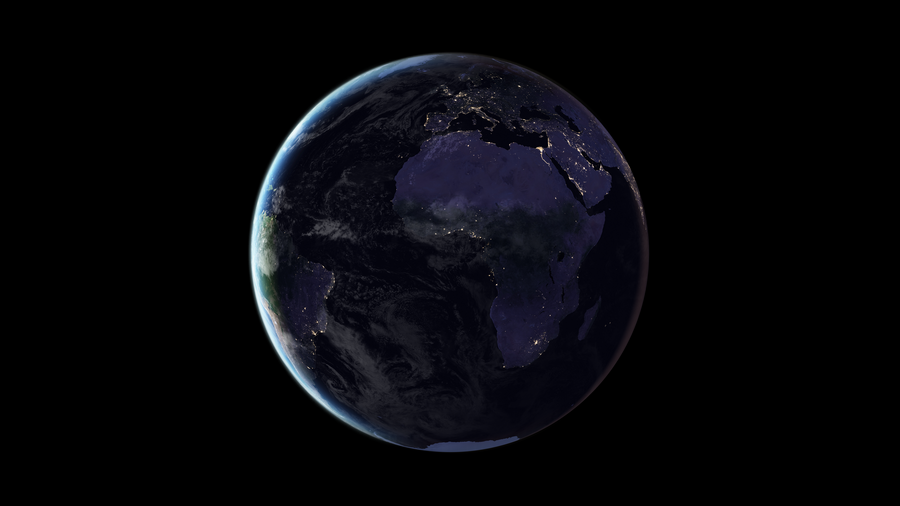
Earth’s Variable Spin Speed
Our planet is an almost-but-not-quite-perfect timekeeper. Every day, from the point of view of the Sun, Earth completes one full rotation on its axis in exactly 86,400 seconds, give or take a millisecond or so.
86,400 seconds is another way of saying 24 hours. A millisecond (ms) is 0.001 seconds—considerably less than a blink of an eye, which lasts around 100 milliseconds.
The only way to measure these tiny day-to-day variations in Earth’s spin speed is with atomic clocks, which were introduced in the 1950s. The number of milliseconds above or below 86,400 seconds is known as length of day (LOD).
Look it up: How long was yesterday?Earth Speeds Up
Until 2020, the shortest LOD ever recorded by atomic clocks was -1.05 ms. This means that Earth completed one rotation with respect to the Sun in 1.05 milliseconds less than 86,400 seconds.
Since then, however, Earth has managed to shatter this old record every year by around half a millisecond. The shortest day of all was -1.66 ms on July 5, 2024. Earth is expected to get close to this again in 2025 around July 9, July 22, and August 5.
From the archive: Earth in a hurry (2020)The following table shows the shortest LOD in every year for the past five years, together with three possible dates for the shortest LOD in 2025.
Shortest Length of Day, 2020–2025
| Year | Date | LOD |
|---|---|---|
| 2020 | July 19 | -1.47 ms |
| 2021 | July 9 | -1.47 ms |
| 2022 | June 30 | -1.59 ms |
| 2023 | July 16 | -1.31 ms |
| 2024 | July 5 | -1.66 ms |
| 2025 | July 9 | -1.30 ms (prediction) |
| 2025 | July 22 | -1.38 ms (prediction) |
| 2025 | August 5 | -1.51 ms (prediction) |
Why Three Possible Dates?
Short-term variations in LOD are affected by the orbit of the Moon. Our planet spins quicker when the Moon’s position is far to the north or south of Earth’s equator.
The Moon will be around its maximum distance from Earth’s equator on the three possible dates for the shortest LOD in 2025. The following links for our Moon Light World Map show the Moon’s position—indicated by the Moon symbol—at 12:00 UTC on July 9, July 22, and August 5.
Why Is All This Happening?
Why has Earth accelerated, and when will it slow down again? These are difficult questions. Long-term variations in Earth’s spin speed are affected by a long list of factors that includes the complex motion of Earth’s core, oceans, and atmosphere.
“Nobody expected this,” says Leonid Zotov, a leading authority on Earth rotation at Moscow State University. “The cause of this acceleration is not explained.”
Most scientists believe it is something inside the Earth. Ocean and atmospheric models don’t explain this huge acceleration.
Leonid Zotov
Early last year, there were indications that Earth might be slowing down, and Dr. Zotov predicted that Earth would decelerate. “But the future will show if that’s right,” he cautioned.
From the archive: Earth remains unpredictable (2024)That prediction turned out to be premature. Yet Dr. Zotov is striking a similar note in 2025: “I think we have reached the minimum,” he tells us. “Sooner or later, Earth will decelerate.”
